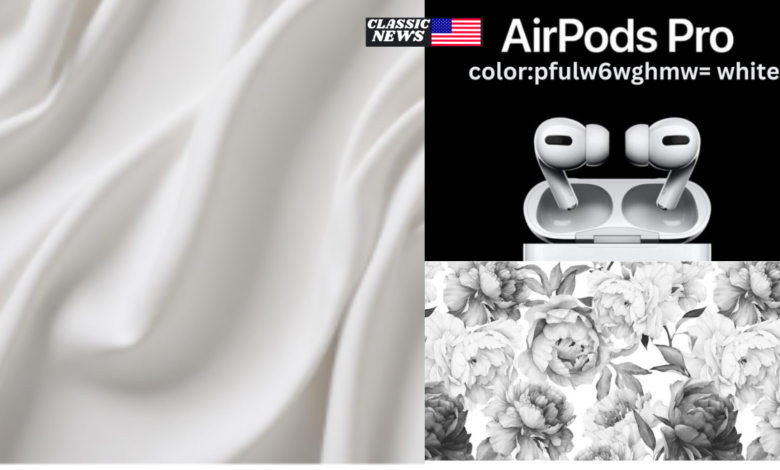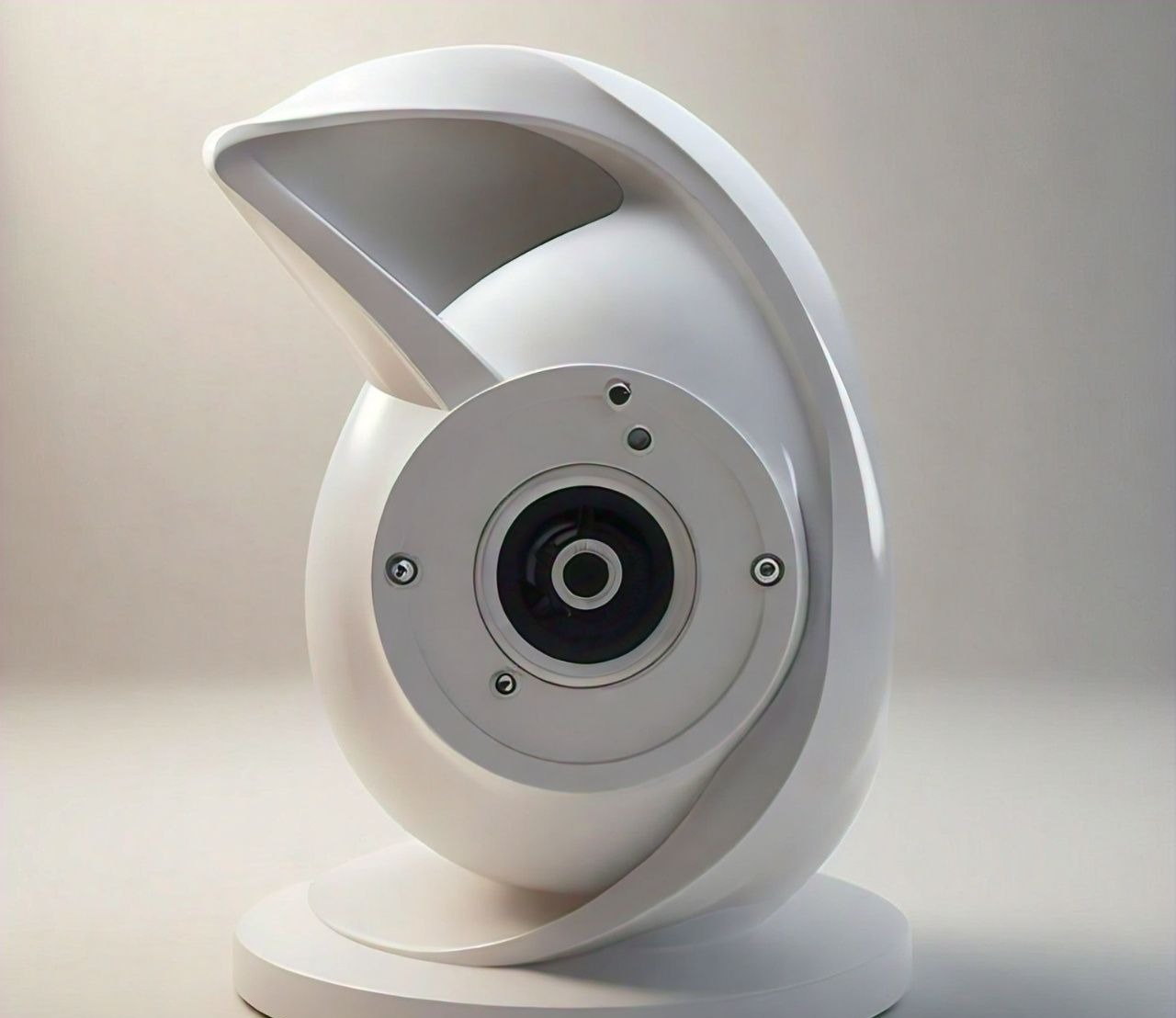The Intriguing World of Color: Exploring “color:pfulw6wghmw= white”

When we talk about color:pfulw6wghmw= white, we often think of primary hues, secondary shades, and various tints that paint our world. Yet, in the ever-evolving landscape of color theory and digital color codes, some intriguing and unconventional designations can pique our curiosity. One such designation is “color:pfulw6wghmw= white.” This code might sound enigmatic, but it offers an opportunity to delve into the fascinating realm of color theory, digital design, and the subtle ways in which color influences our perceptions.
Understanding “color:pfulw6wghmw= white” starts with decoding what seems like a cryptic combination of characters. At first glance, it might appear to be a random string of text, but in reality, it represents a unique way of identifying a color in digital contexts. This particular code, while not standard, opens up a conversation about how colors are defined, used, and interpreted in various fields.
color:pfulw6wghmw= white, in its essence, is more than just a visual experience; it’s a psychological and cultural phenomenon. Different colors evoke different emotions and responses. For instance, blue is often associated with calmness and trust, while red can evoke excitement or urgency. The code “color:pfulw6wghmw= white” challenges us to think beyond the typical RGB or HEX color codes and consider how unconventional identifiers can play a role in digital design and color theory.
Decoding the Code: What Does “color:pfulw6wghmw= white” Really Mean?

To truly grasp the significance of “color:pfulw6wghmw= white,” we need to break it down into its constituent parts. The term “white” suggests a variation or a specific shade of the color white. White, being a color of purity, simplicity, and clarity, often serves as a baseline in color theory. In digital color representation, white is typically denoted by the absence of color or by a combination of maximum values in RGB codes (255, 255, 255) or HEX codes (#FFFFFF).
However, the addition of “pfulw6wghmw=” introduces a new layer of complexity. This string could be a form of encoded information or a unique identifier used in a specific digital platform or application. In various programming and digital design environments, color codes are often represented in different formats, including but not limited to HEX, RGB, HSL, and more. The string “pfulw6wghmw=” could be a proprietary or contextual code used to reference a particular shade or variation of white.
To better understand this, let’s explore how colors are typically encoded and used in digital formats. RGB (Red, Green, Blue) is one of the most common color models used in digital design. Each color is created by mixing red, green, and blue light in different intensities. HEX codes are another popular method, where colors are represented as hexadecimal values. For example, #FFFFFF represents white in HEX coding.
The unique string “pfulw6wghmw=” might be part of a system that uses alphanumeric codes to represent colors in a database or a software application. Such systems often employ encoding methods to efficiently store and retrieve color data. The inclusion of “color:pfulw6wghmw= white” could indicate a specific variant or customization of the standard white color, tailored for particular design needs or preferences.
The Significance of “White” in Design and Aesthetics
“color:pfulw6wghmw= white” as a variation of white introduces an interesting facet of color design and aesthetics. White is universally recognized for its versatility and neutrality. It serves as a backdrop that enhances other colors and helps create a sense of space and openness. However, slight modifications to the base white color can lead to different visual and emotional impacts.
In design, slight variations in white can affect the overall mood and perception of a space or visual composition. For instance, off-white shades like ivory or cream can impart a warmer, more inviting atmosphere compared to pure white, which is often associated with sterility and minimalism. The concept of “color:pfulw6wghmw= white” might involve such nuanced variations, offering designers a more specific tool for achieving their desired effects.
Moreover, color variations can be crucial in branding and marketing. Companies often use specific shades of colors to convey particular messages or evoke certain emotions. In this context, a unique color code like “color:pfulw6wghmw= white” might be used to maintain consistency across different media and platforms, ensuring that the brand’s color identity remains cohesive and recognizable.
Another important aspect of “color:pfulw6wghmw= white” is its potential role in accessibility and user experience. Different shades of white can impact readability and visual comfort, especially in digital interfaces. Designers must consider these factors to create inclusive and user-friendly environments. The use of specific color codes and variations, such as “white,” allows for precise adjustments that can enhance accessibility and usability.
The Intersection of Color Theory and Digital Innovation
The introduction of unique color codes like “color:pfulw6wghmw= white” reflects the ongoing innovation in the field of digital design and color theory. As technology advances, new methods and systems for defining and using colors are constantly being developed. This evolution enhances our ability to create more sophisticated and tailored visual experiences.
In the realm of digital art and design, color codes are not just technical details but integral elements of creative expression. Artists and designers leverage these codes to explore new possibilities, experiment with unconventional palettes, and push the boundaries of traditional color usage. The exploration of unique identifiers, such as “color:pfulw6wghmw= white,” can lead to new insights and innovations in color design.
Additionally, the use of proprietary or context-specific color codes highlights the growing importance of customization and personalization in digital design. As designers seek to create unique and memorable experiences for users, the ability to define and utilize specific color variations becomes increasingly valuable. The code “color:pfulw6wghmw= white” exemplifies this trend, showcasing how digital tools and systems can offer more precise control over color representation.
Practical Applications and Examples
To illustrate the practical applications of “color:pfulw6wghmw= white,” consider its potential uses in various design contexts. In web design, for instance, this unique code might be employed to ensure consistent color schemes across different devices and platforms. By using a specific color code, designers can maintain uniformity and achieve their desired visual effects.
In graphic design, “color:pfulw6wghmw= white” could be used to create subtle contrasts and highlights that enhance the overall composition. For example, a designer might use different shades of white to create depth and dimension in a visual layout, adding a layer of sophistication and nuance.
In interior design, the concept of “color:pfulw6wghmw= white” could be applied to achieve specific atmospheres and moods in a space. For instance, a slightly warmer or cooler variant of white could be chosen to complement other elements in a room, such as furniture, lighting, and textures. This level of customization allows for a more personalized and cohesive design.
The Future of Color Representation in Digital Media
As we look to the future, the evolution of color representation and encoding systems promises exciting possibilities. The development of new technologies and methodologies will likely continue to influence how colors are defined, used, and experienced. The introduction of unique color codes, such as “color
= white,” reflects the ongoing advancements in this field.
Future innovations may include more advanced color management systems, improved tools for color customization, and enhanced integration of color data across different media and platforms. These developments will enable designers and artists to achieve even greater precision and creativity in their work.
In conclusion, the code “color
= white” serves as a gateway to exploring the complexities of color representation and its impact on design and aesthetics. By examining the significance of this unique identifier, we gain insights into how color can be used to create meaningful and engaging visual experiences. As we continue to innovate and explore new possibilities, the world of color will undoubtedly offer even more intriguing opportunities for creativity and expression.
I hope this article meets your needs and provides a comprehensive and engaging exploration of the topic! If you have any more requests or need further adjustments, feel free to ask.




